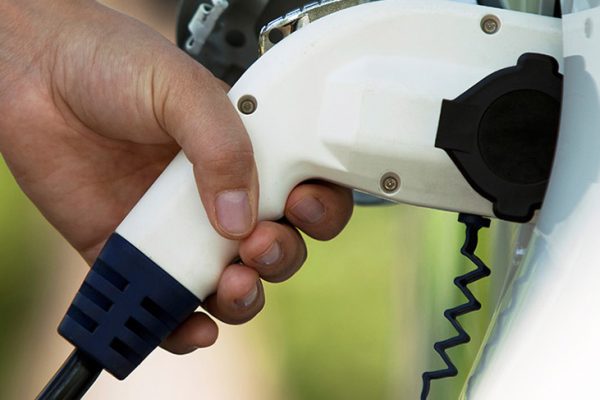FLEET Alliance Group said it has seen huge growth in Ultra Low Emission Vehicles on its funded fleet as drivers switch to greener options to benefit from lower tax bills.
It saw the number of ULEVs with carbon emissions of less than 75g/km grow by 112% in 2019, compared to 2018.
Registrations of ULEVS more than doubled as drivers looked to cut their tax bills and companies sought to reduce their corporate carbon footprint.
The big winner was EV manufacturer Tesla which saw a fifty-fold increase in registrations on the Fleet Alliance fleet of 37,000 vehicles, thanks to the new Model 3.
With a P11D price of £42,935, the Model 3 is available as a Standard Range Plus model with an all-electric range of 254 miles and a Long Range version delivering 348 miles.
Appointed Representative Opportunities with Wessex Fleet
Have you thought about growing your broker business? Are you looking for opportunities for growth? Then why not consider joining Wessex Fleet as an Appointed Representative?
Keeping you on the move with leasing solutions tailored to your needs
Leasys is the proud Contract Hire partner of the Stellantis brands, offering mobility solutions from medium and long-term rentals to management systems for company fleets.We work with Brokers to support all their customers requirements.
Accelerate your business with QV Systems & Leaselink
Unlock unparalleled efficiency in vehicle procurement with QV Systems’ Accelerate, now seamlessly integrated with Ebbon Automotive’s Leaselink. Tailored for brokers and funders, this integration streamlines the entire process from quote to delivery, empowering you to effortlessly source and order vehicles for your clients.
The all-electric Model 3 attracts a scale charge of 16% in the current tax year, falling to a 0% BIK rate from April, and then rising to 1% in 2021-22 and 2% in 2022-23.
The biggest mover at the executive end of scale was the Range Rover P400e PHEV which has an all-electric range of 12-25 miles depending on driving conditions and emits around 71g/km of carbon emissions.
Registrations of the executive plug-in hybrid which has a P11D value of £72,785 for the 2.0 Sport HSE and a first year VED rate of just £15, went up more than ten-fold.
Martin Brown, Managing Director of Fleet Alliance Group, which comprises Intelligent Car Leasing, Intelligent Van Leasing and Neva Consultants, said the figures reflected the desire of company car drivers to move to less polluting, tax beating models.
“We have seen a surge in orders for ULEVS over the last 12 months, with manufactures such as Tesla, Land Rover and BMW being the real winners on our funded fleet. Pure electric cars and plug-in hybrids have featured very strongly in our fleet mix as companies have looked to reduce their corporate carbon footprints.
“And we fully expect this trend to accelerate throughout 2020 thanks to the Government’s changes to the BIK scale charges which really incentivises drivers to go down an all-electric route.”
In July last year, the Government unveiled a zero rate of BIK tax for electric vehicles (EVs) for tax year 2020-21, along with a 2% reduction in BIK for new cars registered after April 6. At the same time, it announced a freeze on 2020-21 BIK rates for the following two years.
Many pundits now expect the new rates to be confirmed by the new Chancellor, Rishi Sunak, in his first Budget Statement on Wednesday, March 11.
Brown said: “The Government announcement on company car tax last year was hugely significant for us and our sector and replaced the lack of clarity we’d seen in the previous two years.
”We fully expect to get confirmation of the new rates from the Chancellor in the Budget in March, which allows fleets to forward plan again. The zero BIK rate for EVs should be a shot in the arm for electric vehicle sales while, as we have seen with our own fleet, hybrid vehicles, with the appropriate range, will be tax-beaters, too.”
Brown said there could still be a short-to-medium term role for conventional engined vehicles, especially diesels.
“The new generation of cleaner RDE2-compliant diesels, with lower emissions of CO2 and nitrous oxides, will no longer attract the usual 4% diesel surcharge from April. This underpins our belief that diesel still has a key role to play in the future of fleet mobility,” he said.
Brown said that there were now a growing number of buyers in favour of EVs and hybrids. He added: “However, there is a currently an imbalance between supply and demand which should ease as the vehicle manufacturers bring forward new ULEV and EV models.
“There is also an imbalance between the cost benefit to the driver through lower taxes, and higher costs to the company through higher rentals. But we expect that gap to also close over time as supply increases and prices come down.”



















